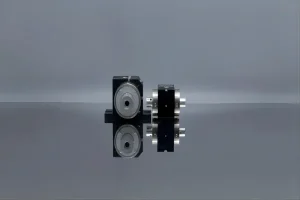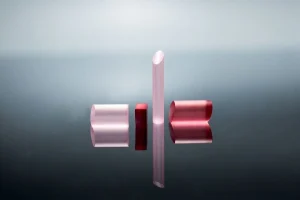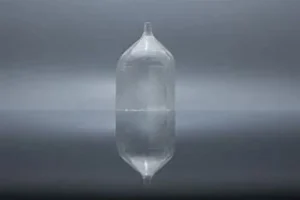Introduction to Optical Parametric Oscillation
Optical parametric oscillation (OPO) is a pivotal process in the realm of nonlinear optics. It involves the interaction of light waves within a nonlinear crystal, leading to the generation of new frequency components. This phenomenon is not only intriguing from a scientific perspective but also holds immense potential in various application domains.
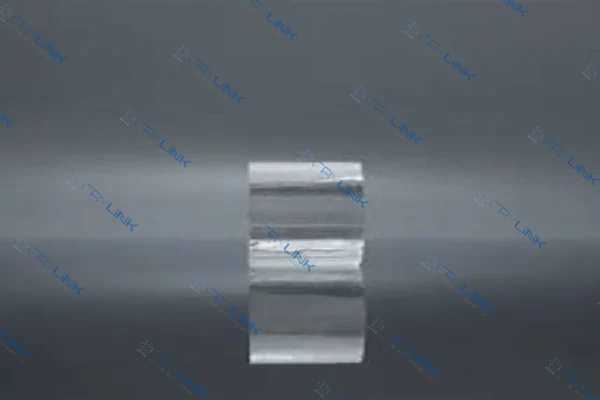
The Underlying Principle of Optical Parametric Oscillation
In the vast realm of optics, the phenomenon of Optical Parametric Oscillation (OPO) stands out as a testament to the intricate dance of light waves and their interactions with matter. At the core of this phenomenon lies the principle of frequency conversion, a process that allows the transformation of one frequency into one or more different frequencies. This transformation is made possible due to the unique properties of certain materials known as nonlinear crystals.
Diving deeper into the role of nonlinear crystals, it becomes evident that these are not just ordinary materials. They possess the remarkable ability to respond to intense light in ways that most materials cannot. When subjected to a strong light source, these crystals exhibit nonlinear optical properties, which means their response to the light is not directly proportional to the light’s intensity. This nonlinearity is what facilitates the conversion of the frequency of the incoming light.
The process at play here is termed “frequency mixing.” To visualize this, imagine a powerful beam of light, known as the pump beam, entering a nonlinear crystal. As this beam traverses the crystal, its intense energy interacts with the crystal’s atomic structure. This interaction gives rise to two new beams of light: the signal and the idler. These beams are not random byproducts; their generation is a direct result of the crystal’s nonlinear response to the pump beam.
A fascinating aspect of this process is the relationship between the frequencies of the generated beams and the original pump beam. The combined frequencies of the signal and idler beams always equal the frequency of the pump beam. This relationship is a manifestation of the principle of energy conservation. In the world of physics, energy can neither be created nor destroyed; it can only change forms. In the context of OPO, the energy of the pump beam is redistributed to produce the signal and idler beams, but the total energy remains conserved.
This conservation principle is crucial for the efficiency and predictability of the OPO process. It ensures that the energy input into the system (in the form of the pump beam) is effectively utilized to generate the desired output frequencies. Moreover, the precise nature of the frequency conversion allows for a wide range of applications, from spectroscopy to telecommunications, where specific frequencies are required.
In conclusion, Optical Parametric Oscillation is a testament to the wonders of nonlinear optics. The ability of nonlinear crystals to convert light frequencies opens up a world of possibilities in optical research and applications. The intricate balance of energy conservation ensures that the process is both efficient and predictable, making OPO a cornerstone in modern optics.
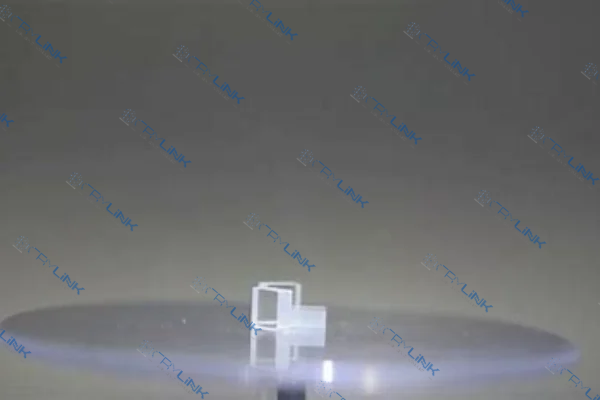
Key Factors Influencing OPO
Optical Parametric Oscillation (OPO) is a sophisticated process that hinges on several critical factors to ensure its efficiency and effectiveness. Among these, phase matching and crystal orientation stand out as paramount for the successful implementation of OPO.
Phase matching is a fundamental concept in the world of nonlinear optics. At its core, it revolves around the idea that for an efficient energy exchange to occur between interacting light waves, their phases must be in harmony. Imagine two waves traveling together; if their peaks and troughs align perfectly, they reinforce each other, leading to a more substantial combined wave. Conversely, if one wave’s peak aligns with the other’s trough, they can cancel each other out. This synchronization, or lack thereof, determines the efficiency of the energy exchange in OPO.
In the context of OPO, phase matching ensures that the pump beam and the generated signal and idler beams remain in phase as they traverse the nonlinear crystal. When this condition is met, the energy from the pump beam is effectively transferred to the signal and idler beams, leading to efficient frequency conversion. Achieving phase matching is not a trivial task. It requires a deep understanding of the properties of the nonlinear crystal and the interacting light waves.
This brings us to the next crucial factor: crystal orientation. Nonlinear crystals, the heart of the OPO process, are anisotropic materials. This means their properties, including their refractive indices, vary depending on the direction of light propagation through the crystal. The orientation of the crystal, therefore, plays a pivotal role in achieving the desired phase matching condition.
By adjusting the angle at which the pump beam enters the crystal, one can manipulate the relative phases of the interacting waves. This adjustment allows for the fine-tuning of the phase matching condition, optimizing the efficiency of the OPO process. It’s akin to tuning a musical instrument to achieve the perfect pitch; the orientation of the crystal must be just right to hit the sweet spot of phase matching.
Furthermore, the choice of the nonlinear crystal itself is vital. Different crystals have different phase matching conditions, and the optimal orientation for one crystal might not work for another. Researchers and engineers often spend considerable time selecting the right crystal and determining its optimal orientation for a specific OPO application.
In essence, the magic of Optical Parametric Oscillation lies in the delicate interplay of light waves within a nonlinear crystal. Achieving the perfect harmony through phase matching and optimal crystal orientation is both an art and a science. When done right, it unlocks the full potential of OPO, paving the way for a myriad of applications in optics and photonics.

Applications of Optical Parametric Oscillation
Optical Parametric Oscillation (OPO) has emerged as a transformative force in various scientific and technological domains. Its ability to produce a diverse spectrum of light frequencies has led to groundbreaking advancements in several fields, notably spectroscopy and biomedical imaging.
In the realm of spectroscopy, the introduction of OPO-based systems has been nothing short of revolutionary. Traditional spectroscopic techniques often faced limitations in terms of the range of frequencies they could explore. However, with OPO, these limitations have been significantly reduced. The broad tunability of OPO systems allows scientists to delve into a myriad of molecular transitions.
This capability is particularly beneficial when studying complex molecules with multiple energy levels. By probing these transitions, researchers can gain profound insights into the intricate dance of molecules, understanding their structures, behaviors, and interactions at an atomic level. This knowledge is invaluable in fields like chemistry, physics, and environmental science, where understanding molecular dynamics can lead to new discoveries and innovations.
On the other hand, the world of biomedical imaging has also reaped the benefits of OPO’s tunable nature. Imaging techniques, especially those used in medical diagnostics and research, require precision and clarity. The ability of OPO to target specific frequencies means that it can be tuned to interact with particular biological structures, be it tissues, cells, or even smaller entities like proteins.
When used in imaging systems, OPO can produce high-contrast images, highlighting the targeted structures against the background. This precision is of paramount importance in medical diagnostics, where the difference between healthy and diseased tissues can be subtle. Moreover, in research settings, OPO-based imaging can help scientists study cellular processes, understand disease mechanisms, and even monitor the effects of potential new treatments in real-time.
In conclusion, the versatility and capabilities of Optical Parametric Oscillation have found profound applications in both spectroscopy and biomedical imaging. By enabling a deeper understanding of the world at a molecular level and enhancing the precision of medical imaging, OPO stands as a testament to the power of light and its potential to drive scientific and technological progress.

Advantages of Using Nonlinear Crystals in OPO
The realm of Optical Parametric Oscillation (OPO) is deeply intertwined with the properties and capabilities of nonlinear crystals. These unique materials, when introduced into OPO systems, bring forth a plethora of advantages that enhance the performance and versatility of the system.
One of the most significant benefits of nonlinear crystals is their tunability. In the context of OPO, tunability refers to the ability to generate a diverse spectrum of light frequencies. This is of paramount importance in applications where specific frequencies are required, be it for research, diagnostics, or communication. With nonlinear crystals, OPO systems can be fine-tuned to produce the exact frequency needed, making them highly adaptable to a wide range of tasks.
Efficiency is another critical advantage brought about by nonlinear crystals. The efficiency of an OPO system is largely determined by how effectively the pump beam’s energy is converted into the signal and idler beams. This conversion is optimized when the crystal is properly phase-matched, a condition where the interacting light waves are perfectly synchronized. Nonlinear crystals, with their unique properties, can be engineered to achieve this phase matching, ensuring that the energy exchange is maximized. This not only ensures that the system operates at peak performance but also reduces energy wastage, making the process more sustainable.
Lastly, the design flexibility offered by nonlinear crystals cannot be understated. Traditional optical systems can be bulky, especially when they need to generate a wide range of frequencies. However, with nonlinear crystals, OPO systems can be designed to be much more compact and portable. This compactness is especially beneficial in applications where space is a premium or where the system needs to be transported frequently. For instance, in field research or medical diagnostics in remote areas, having a compact OPO system can be a game-changer.
In essence, nonlinear crystals are the linchpin that holds the OPO process together. Their unique properties and capabilities enhance the system’s performance, making it more versatile, efficient, and user-friendly. As research in this field continues, it’s exciting to envision the new possibilities and advancements that these crystals will usher in.

Conclusion
Optical parametric oscillation, facilitated by nonlinear crystals, is a transformative phenomenon in optics. Its ability to generate new frequency components has paved the way for advancements in fields like spectroscopy and biomedical imaging. As research progresses, we can anticipate even broader applications and refinements in OPO-based systems.
FAQs
- What is the primary function of a nonlinear crystal in OPO?
- Nonlinear crystals are used to convert the frequency of incoming light through a process called frequency mixing.
- How is energy conservation maintained in OPO?
- The sum of the frequencies of the signal and idler beams produced equals the frequency of the original pump beam.
- Why is phase matching essential in OPO?
- Phase matching ensures that the energy exchange between interacting waves is maximized, leading to efficient frequency conversion.
- Can the frequency range produced by OPO be adjusted?
- Yes, by using different nonlinear crystals and adjusting their orientation, a wide range of frequencies can be generated.
- What makes OPO valuable in biomedical imaging?
- The tunable nature of OPO allows for precise targeting of specific biological structures, leading to high-contrast images.


